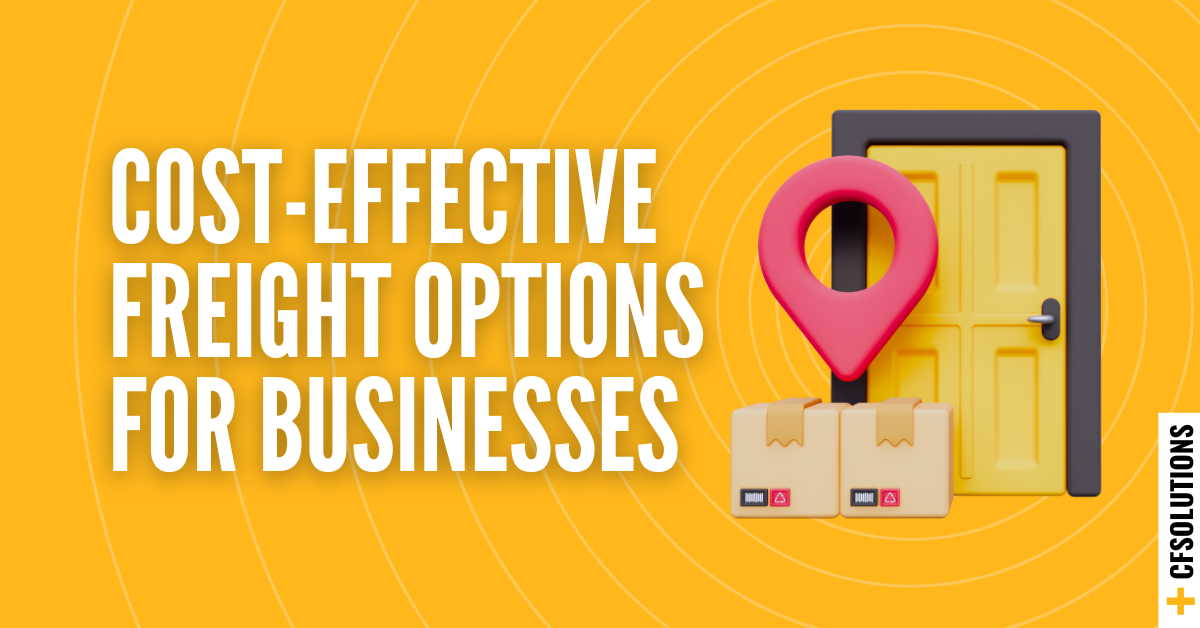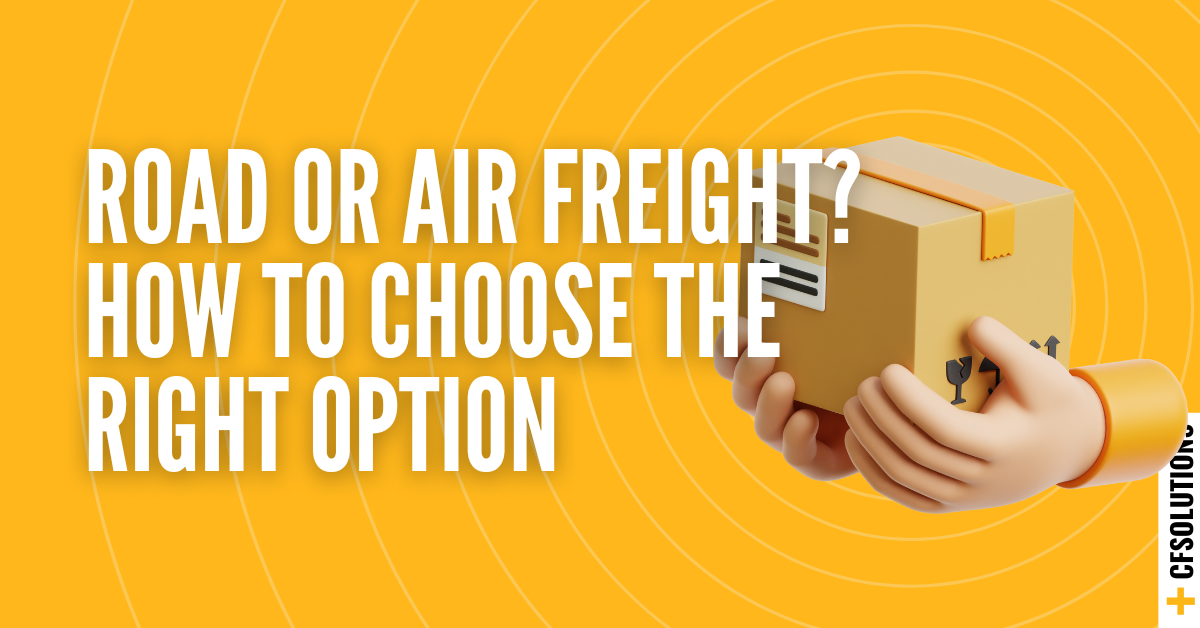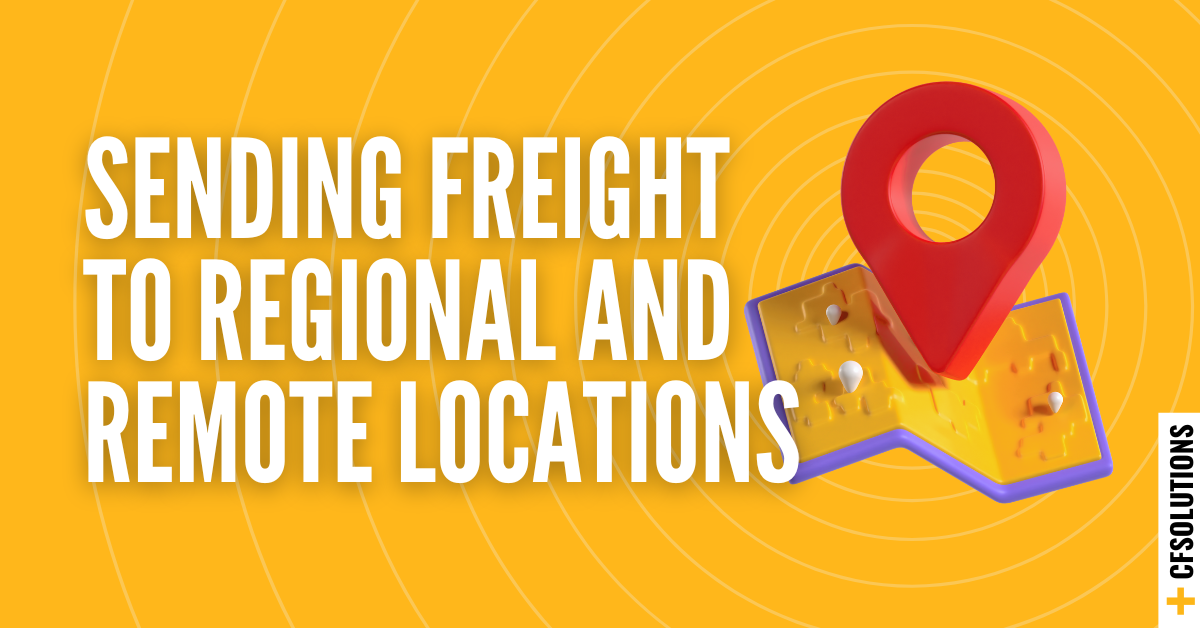
Keeping transport costs under control is a constant focus for Australian businesses. Whether you dispatch daily or occasionally, the right freight setup can make a significant difference to your bottom line.
Cost-effective freight doesn’t just mean choosing the cheapest rate. It means finding a balance between cost, speed and reliability. It also means making sure your freight model supports your overall business goals.
Here are six ways to approach freight planning with cost-effectiveness in mind.
1. Match the Freight Mode to the Job
Air, road and rail freight each serve different needs. The most effective strategy is usually a mix of all three, depending on the type of goods, delivery urgency and distance.
-
Air freight is ideal for urgent or high-value deliveries. It offers speed and reliability, but usually comes at a higher price point.
-
Road freight is highly flexible and accessible. It is the go-to for most metro and regional deliveries. It is particularly cost-effective for medium-sized shipments and recurring routes.
-
Rail freight is often underutilised. It offers excellent value for large or heavy goods over long distances. It is ideal for linehaul legs where time sensitivity is moderate and consistent volumes are available.
Choosing the right mode for each job ensures you are not overpaying for urgency or compromising service for cost.
2. Review Freight Regularly
Freight costs can shift due to fuel surcharges, market conditions or seasonal demand. Reviewing your mix of services and carriers every few months helps identify better-fit options and avoids paying for outdated solutions.
A regular check-in allows you to take advantage of new services, test different routes or look for improved pricing models that better align with your volumes and customer needs.
3. Consolidate Freight Where Possible
Combining smaller shipments into consolidated freight can help reduce handling costs, improve efficiency and make better use of service tiers. This is particularly relevant when sending to the same location multiple times a week or supporting regional customers where delivery days may be limited.
Rail freight, in particular, becomes more viable when freight is consolidated into full container loads. Linehaul by rail can offer a significant cost-per-unit saving when planned correctly.
4. Use Flexible Delivery Options
Not every delivery needs to be same-day. Offering flexible timeframes to your customers or working with providers that offer tiered delivery services gives you more control over cost.
For example, you might use air for urgent dispatches, road for standard orders, and rail for bulk movements that can be booked in advance. Leveraging this flexibility avoids applying a one-size-fits-all model to every delivery.
5. Leverage Your Provider’s Network
Cost-effectiveness often comes from scale. Partnering with a provider who has a strong multi-modal network across air, road and rail means they can optimise your freight across routes, modes and service levels to suit the job.
An experienced provider can also help with route planning, carrier selection and pricing strategies that align with your business goals, rather than treating each delivery as a one-off.
6. Look Beyond Price Alone
Opting for the lowest price doesn’t guarantee true value. Delays, hidden fees, or outdated systems can ultimately increase your overall costs. Real cost-effectiveness is found in solutions that prioritise reliability, end-to-end visibility, and responsive support.
If you’re constantly managing exceptions or chasing updates, it might be time to assess what can be done to save time and improve your overall customer experience.
Looking to Improve Freight Efficiency Without Cutting Corners?
If you're trying to reduce freight costs without sacrificing service, the solution might be a smarter use of modes, stronger planning or better alignment with your provider’s capabilities. We support both B2B and B2C businesses across Australia with flexible, multi-modal freight solutions that include air, road and rail.
Get in touch to explore how we can help you streamline your freight and improve delivery outcomes without compromising on value.
Subscribe to our Blog
Related Posts
- by Customised Freight Solutions
- 0 Comments
What Is the Most Cost-Effective Freight Option for Australian Businesses?
Keeping transport costs under control is a constant focus for ...
Read More- by Customised Freight Solutions
- 0 Comments
Road or Air Freight? How to Choose the Right Option
When you're planning freight movements across Australia, the choice ...
Read More- by Customised Freight Solutions
- 0 Comments
What to Know About Sending Freight to Regional and Remote Locations
Sending freight across Australia often means reaching far beyond ...
Read More


